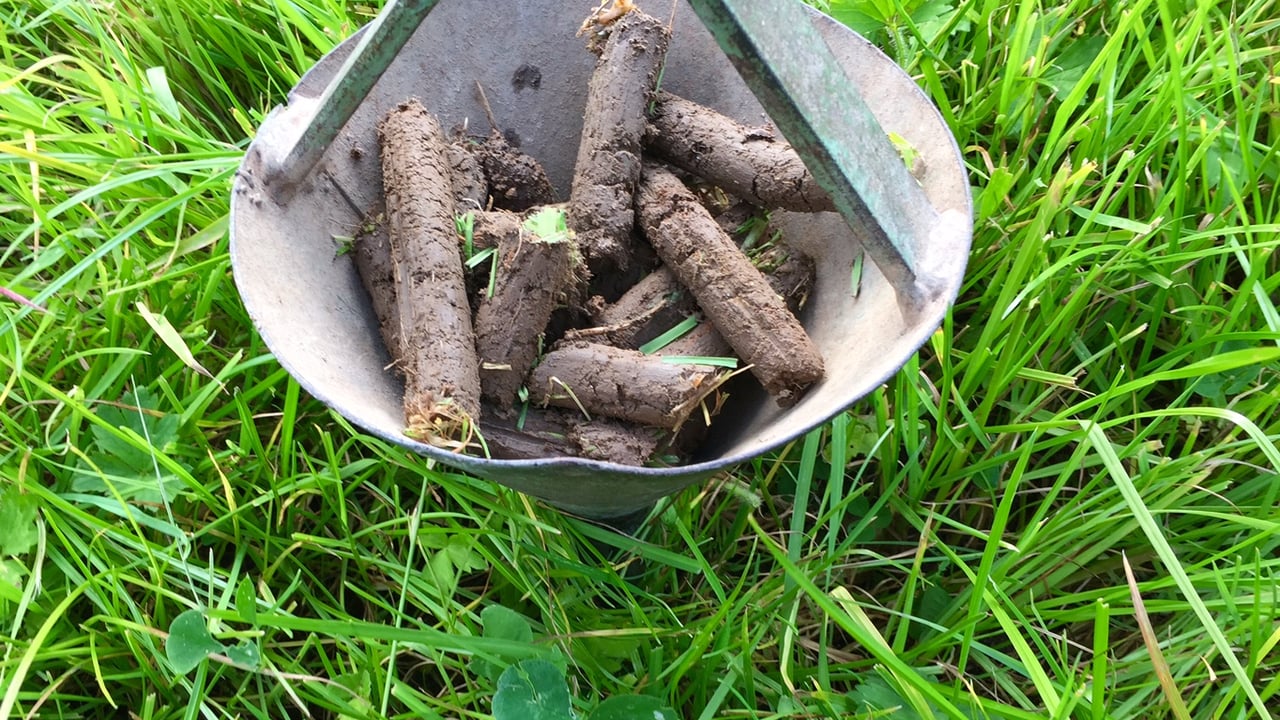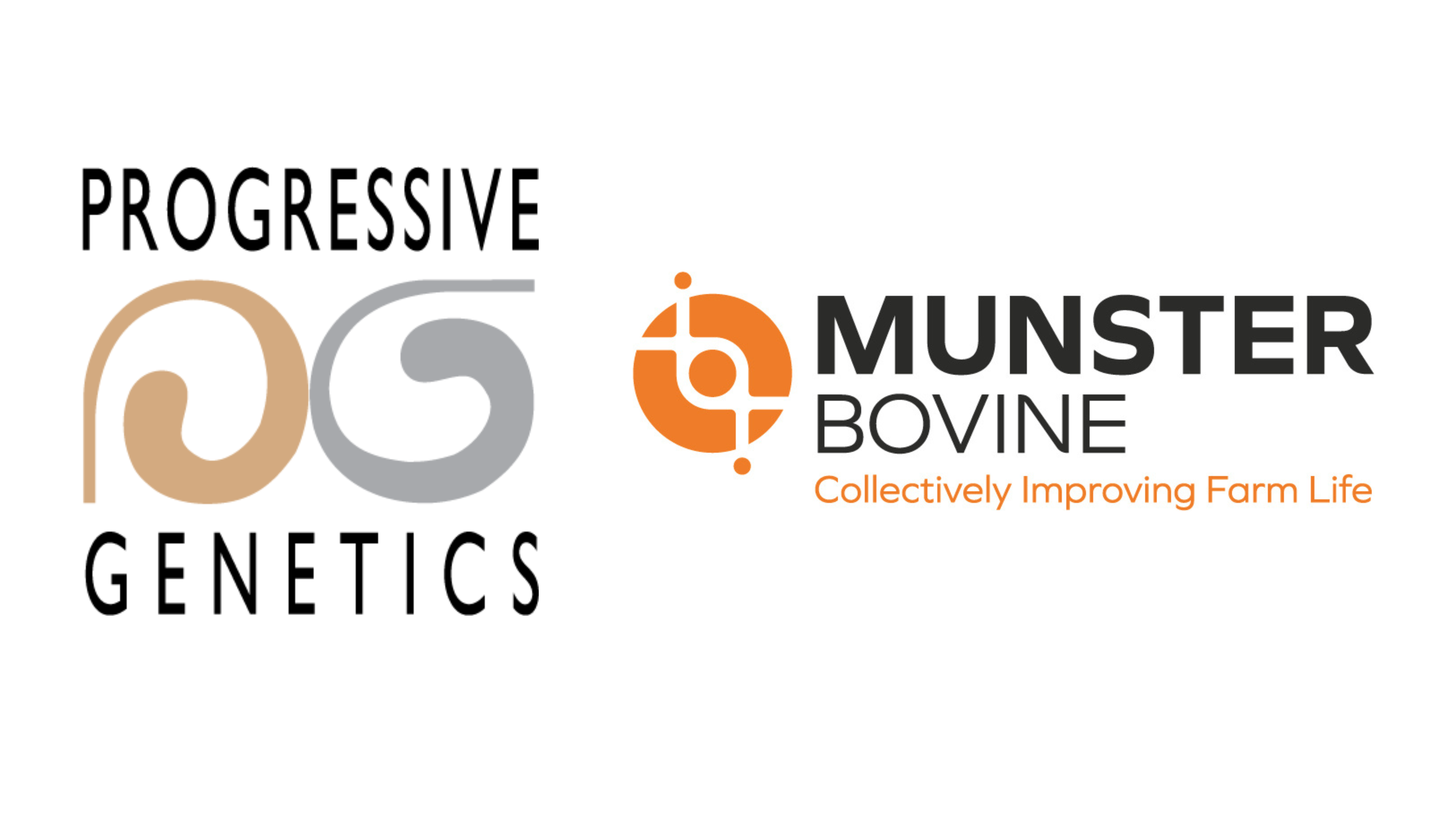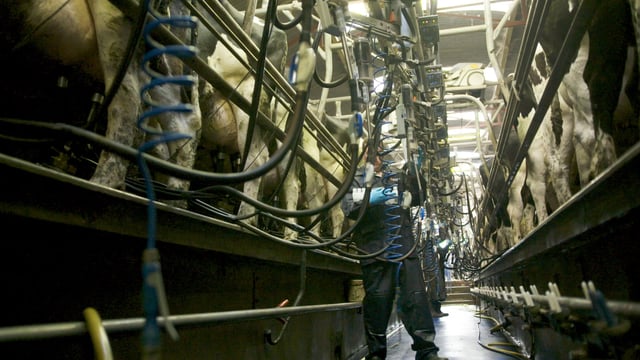Tillage farmers advised to soil test and act on results
Tillage farmers must soil test and then act on the results obtained, if they are to best manage their crops in light of the challenging fertiliser market that now exists.
This was the firm view expressed by Teagasc crops specialist Ciaran Collins, courtesy of his contribution to the latest Tillage Edge podcast.
“In cases where fields have phosphate indices of four and above, then there might well be no need to apply phosphate in these circumstances," he said.
But soil pH values should also be taken into considerations when making such decisions, he added.
“Every farm must have a nutrient-management plan - this is the first step," he continued.
According to Collins, growers must make the most efficient use of the crop nutrients that are available to them. This means bringing in organic manures, which can lead to good savings being achieved.
“Later in the spring, optimising N uptake is critical. Break-even ratios come into play here
“No two fields are the same. The optimum level of N for a crop can be different in two adjoining fields.
When asked if farmers might consider buying fertiliser to offset a future tax bill, he said:
“It’s very difficult to sense how markets will perform over the coming months.
He added:
“There are good forward prices for grain available at the present moment.
"Cost of finance and ensuring that there is enough money in the business to secure the inputs required, when needed, are also issues that need to be discussed by growers with their banks.”
Collins defined the break even ratio (BER) as the crop yield needed to pay for a kilogramme of N.
He further explained:
“So, if there are large changes in the ratio, we need to make alterations to the crop recommendations.
Collins concluded:
“Taking account of current grain and fertiliser prices, tillage farmers could be looking at a 20kg N/ha reduction as we move into the spring of 2022."





